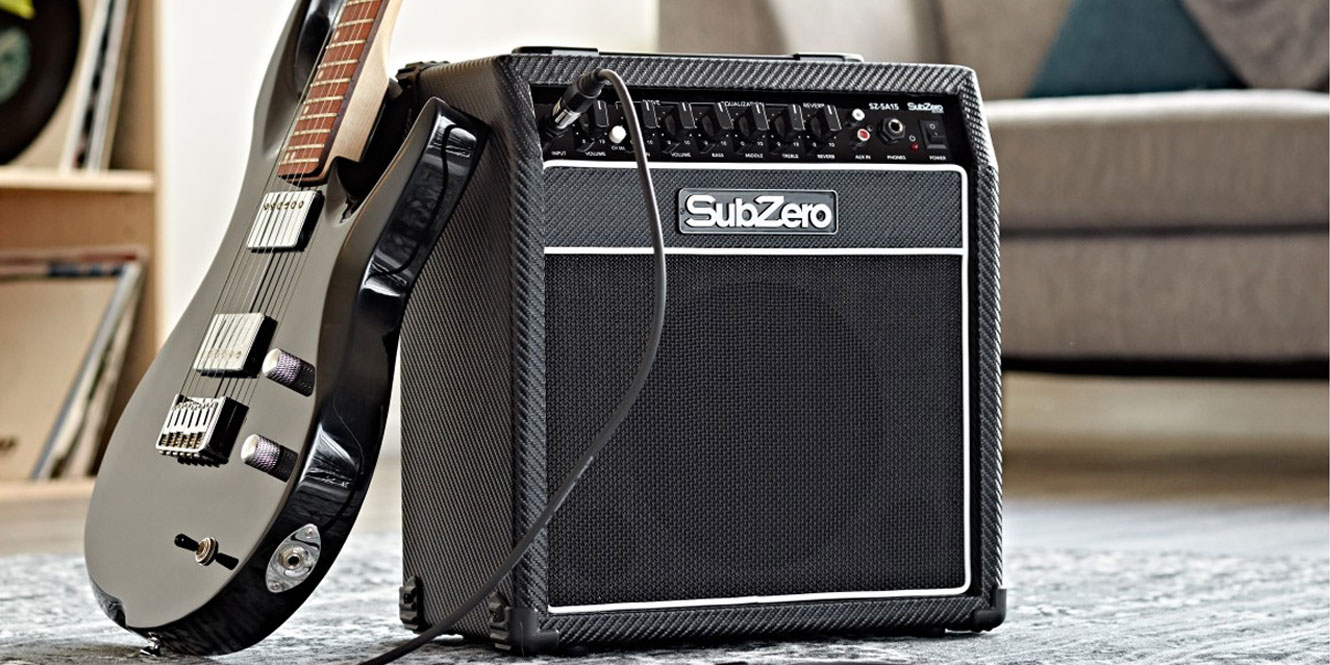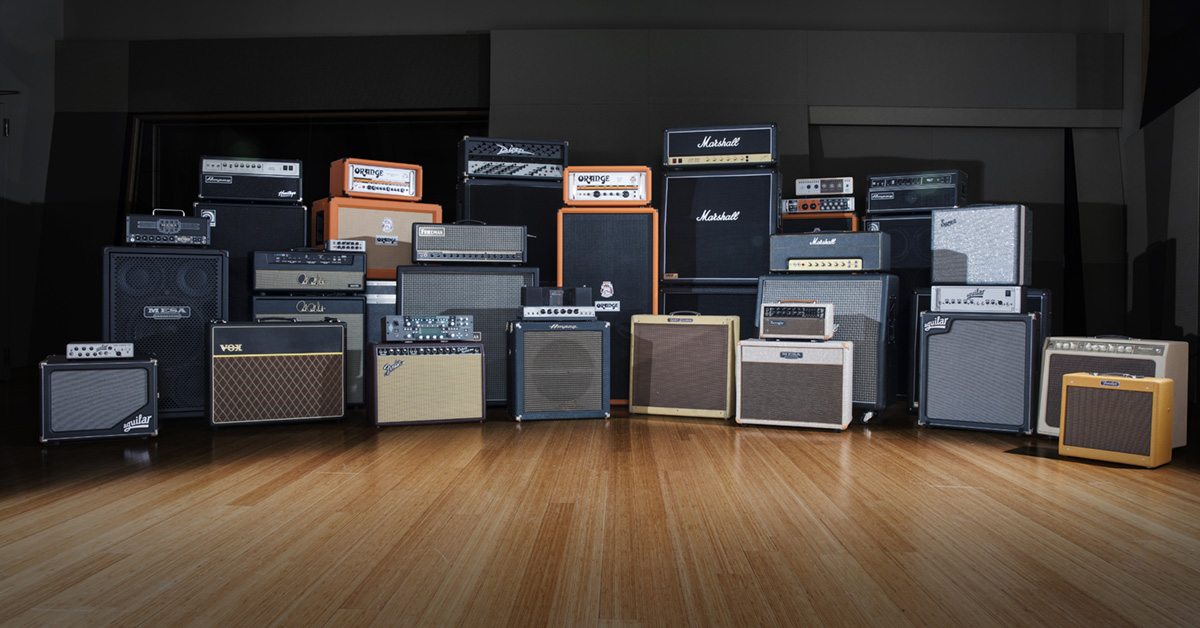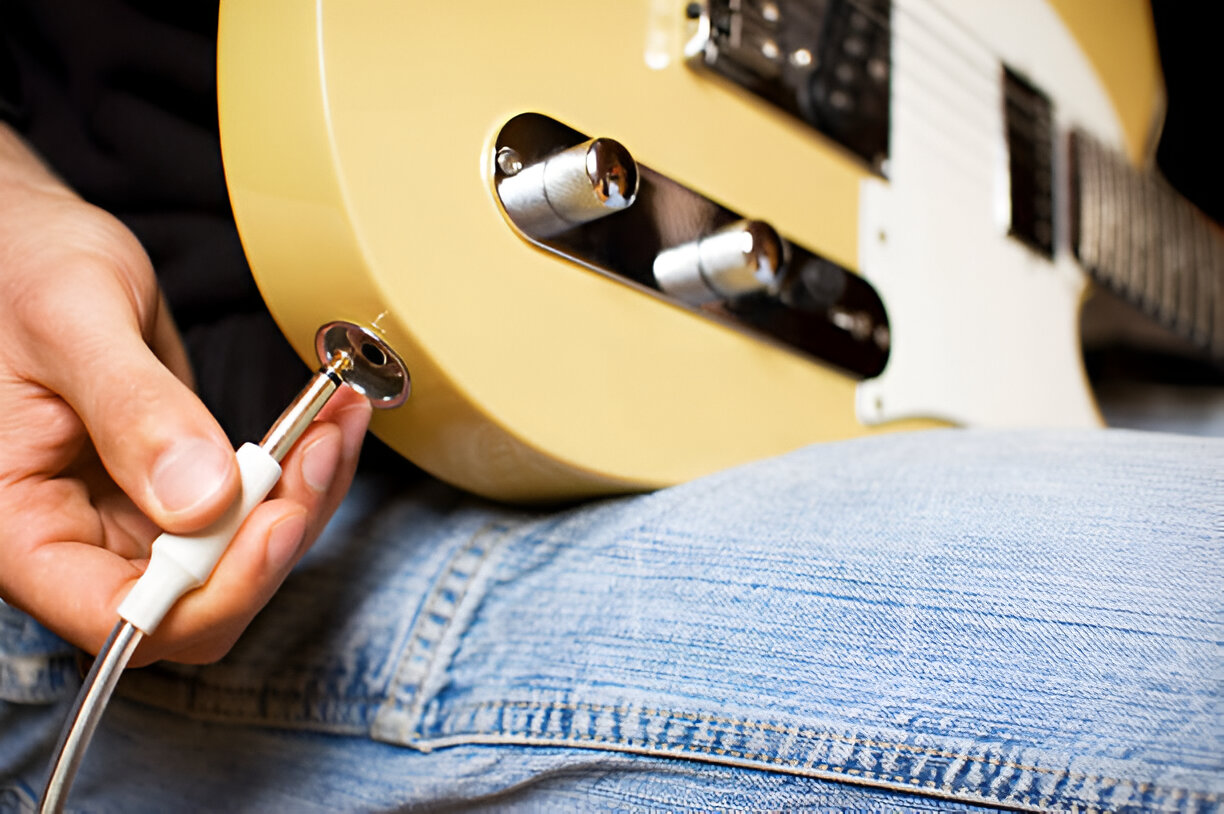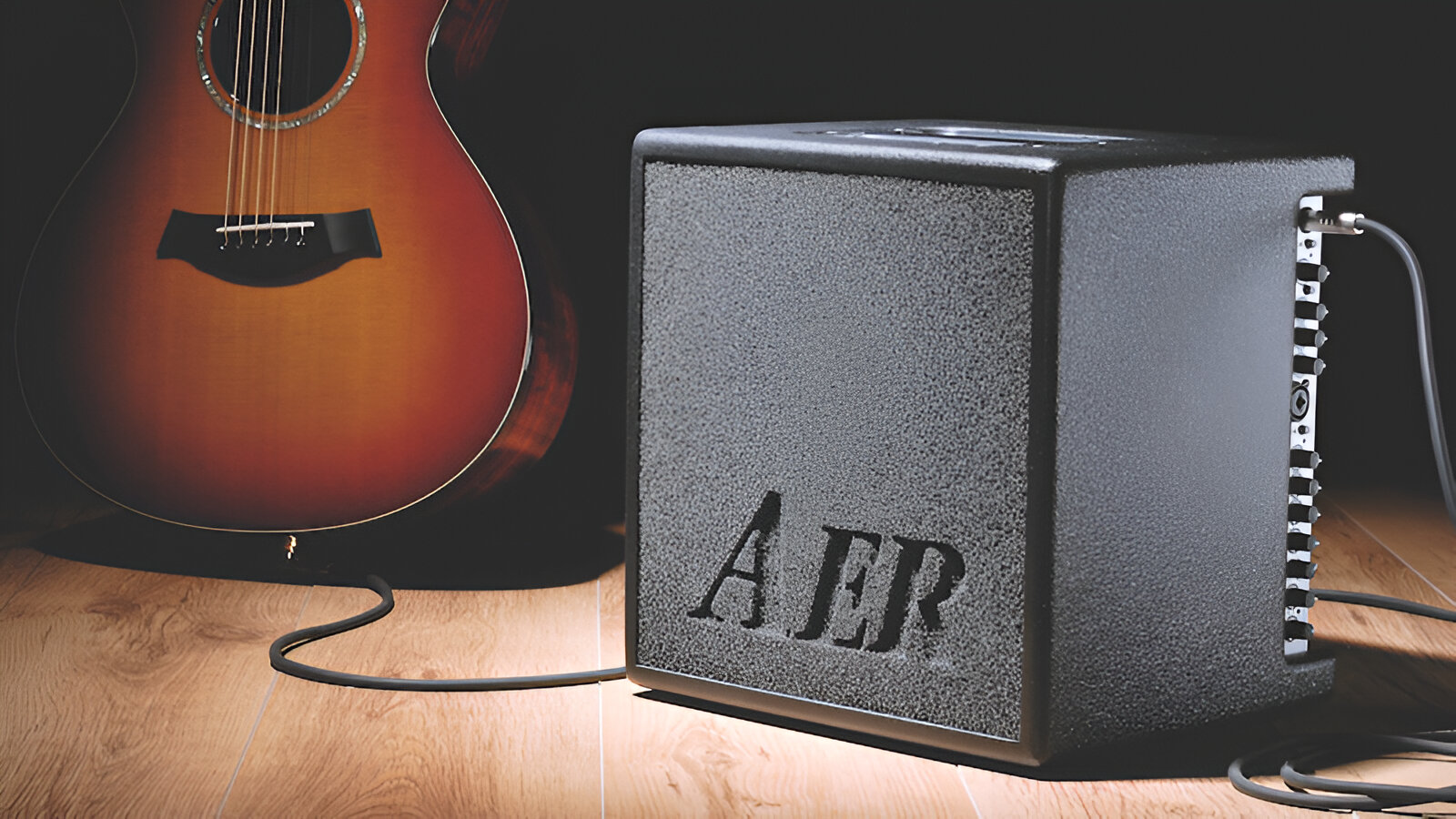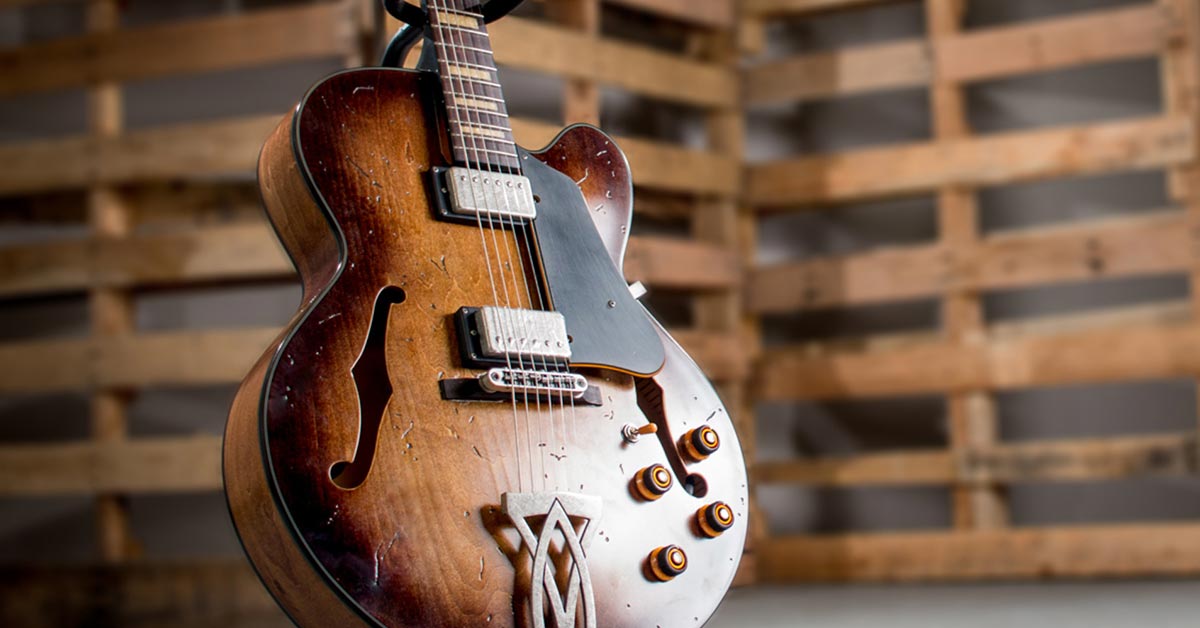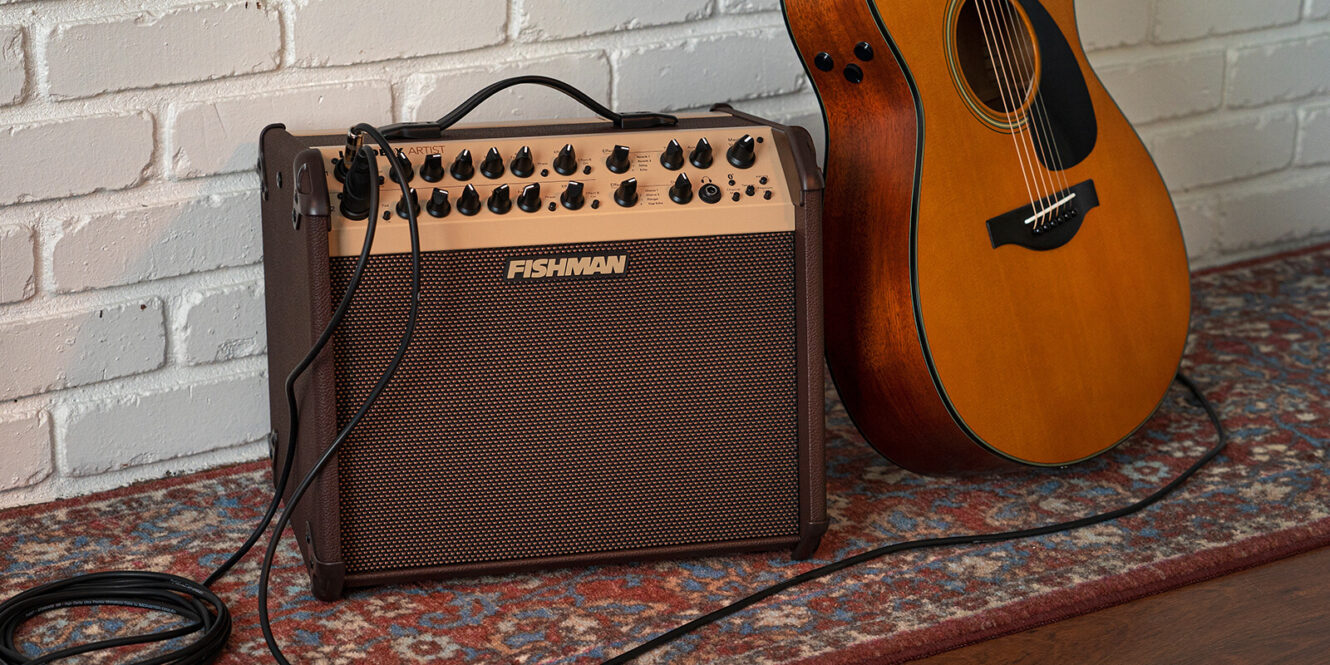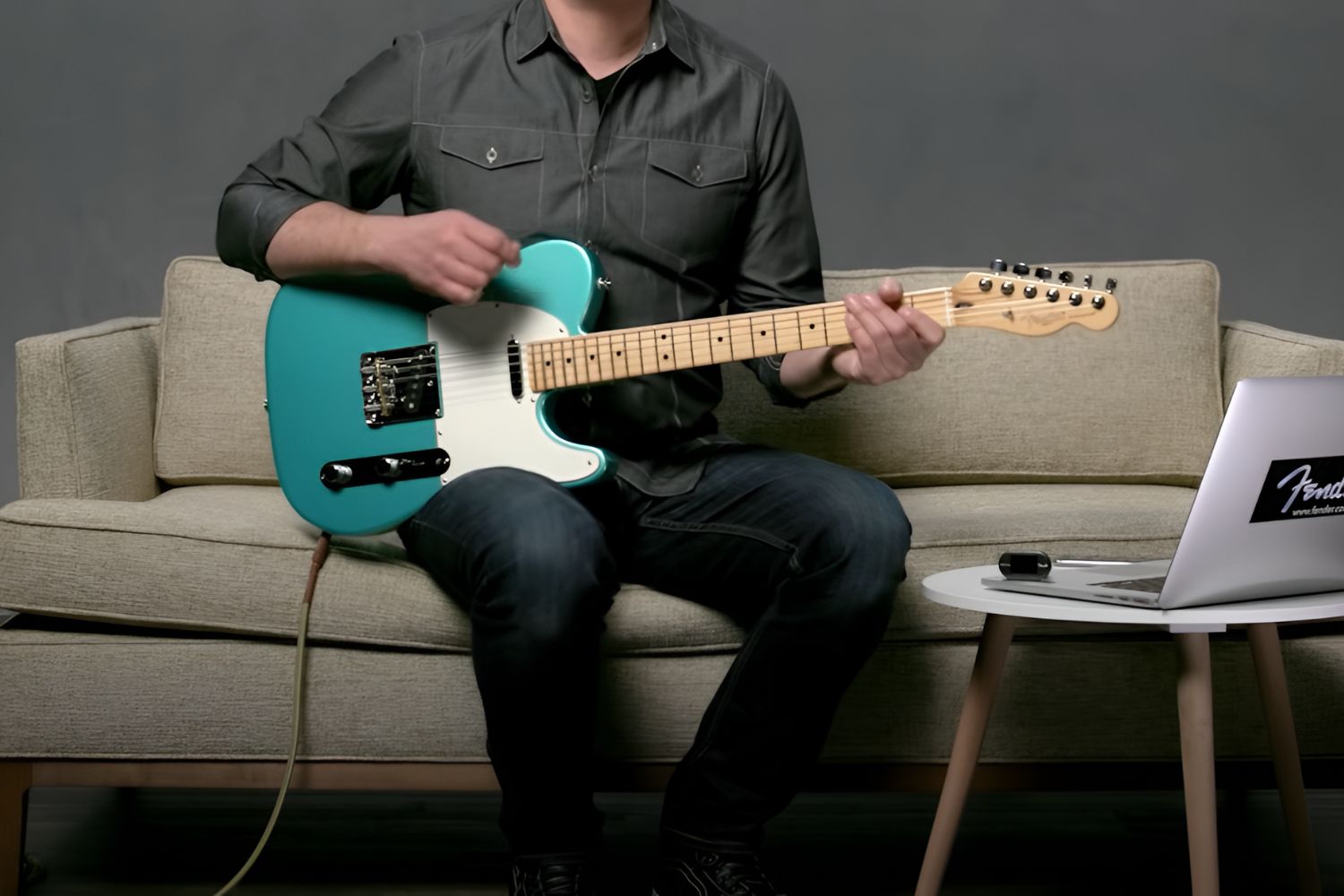Introduction
So, you've finally got your hands on an electric guitar and an amplifier. Congratulations! You're about to embark on an exhilarating musical journey. Whether you're a seasoned musician or a novice, understanding how to use an electric guitar amp is crucial to achieving the perfect sound. An electric guitar amp, short for amplifier, is an essential component in shaping the tone and volume of your guitar. It's not just about turning up the volume and strumming away; it's about harnessing the power of the amp to create a sound that resonates with your musical style and preferences.
When it comes to electric guitar amps, the options can be overwhelming. From tube amps to solid-state amps, and a myriad of effects and controls, it's easy to feel daunted. However, fear not! This guide will walk you through the fundamentals of using an electric guitar amp, from understanding the controls to optimizing your sound with effects. By the end of this journey, you'll be well-equipped to unleash the full potential of your electric guitar and amp, and who knows, you might just discover your signature sound along the way.
Let's dive into the world of electric guitar amps and unravel the mysteries behind these powerful sound-shaping machines.
Understanding the Controls
Before you start cranking up the volume on your electric guitar amp, it's essential to familiarize yourself with the various controls at your disposal. Each control plays a pivotal role in shaping the tone and overall sound of your guitar. Let's take a closer look at the typical controls found on most electric guitar amps:
- Gain: The gain control, also known as the overdrive or distortion control, dictates the level of overdrive or distortion in your sound. Turning up the gain can add grit and intensity to your tone, ideal for rock and metal genres, while lower gain settings produce a cleaner sound suitable for jazz or blues.
- Volume: The volume control regulates the overall loudness of the amp. It's important to strike a balance between the amp's volume and the guitar's volume to avoid unwanted distortion or muddiness.
- Treble, Middle, and Bass: These three controls form the cornerstone of the amp's tonal shaping capabilities. The treble control adjusts the high frequencies, the middle control manipulates the midrange frequencies, and the bass control governs the low frequencies. Understanding how these controls interact is crucial in sculpting your desired tone.
- Presence: The presence control influences the amp's upper harmonics, adding clarity and definition to your sound. It can help cut through the mix during solos or add depth to rhythm playing.
- Reverb: Reverb simulates the natural reverberation of sound in a physical space. It adds depth and spaciousness to your sound, ranging from subtle ambiance to cavernous echoes.
By comprehending the functions of these controls, you can effectively tailor your amp's sound to complement your playing style and genre preferences. Experimenting with different settings and understanding how each control influences the overall sound is key to unlocking the full potential of your electric guitar amp.
Connecting the Guitar
Before you can unleash the sonic prowess of your electric guitar amp, you must establish a solid connection between your guitar and the amplifier. Here’s a step-by-step guide to connecting your guitar to the amp:
- Inspect the Cables: Ensure that you have a suitable instrument cable with a 1/4-inch (6.35mm) mono jack on each end. It’s crucial to use a high-quality cable to preserve the integrity of your signal and minimize interference.
- Power Off: Before making any connections, it’s advisable to turn off both the guitar amp and the electric guitar to prevent any unwanted noise or potential damage.
- Locate the Input Jack: On your electric guitar amp, locate the input jack, typically found on the front or top panel. It’s usually labeled as “Input” or “Guitar In.”
- Plug In the Cable: Take one end of the instrument cable and insert the 1/4-inch jack into the guitar’s output jack, which is usually located on the lower bout of the guitar body.
- Connect to the Amp: With the other end of the cable, plug the 1/4-inch jack into the input jack of the guitar amp. Ensure it’s firmly seated to prevent any accidental disconnection during play.
- Power On and Test: Once the guitar is securely connected to the amp, power on both the guitar and the amp. Test the connection by strumming the guitar strings and listening for any sound output from the amp.
By following these simple steps, you can establish a reliable and secure connection between your electric guitar and amp, setting the stage for an electrifying musical experience. A stable and high-quality connection is essential for transmitting the nuances of your playing and ensuring that your sound is faithfully reproduced through the amplifier.
Setting Up the Amp
Once your electric guitar is connected to the amplifier, it’s time to delve into the process of setting up the amp to achieve the desired sound. Here are the essential steps to configure your amp effectively:
- Power On: Before making any adjustments, switch on the electric guitar amp and allow it to warm up for a few moments. This is particularly important for tube amps, as they require time to reach their optimal operating temperature.
- Set the Master Volume: Begin by setting the master volume to a low level to prevent any sudden loud noises. You can gradually increase the volume as you fine-tune the settings.
- Adjust the Gain: If your amp features a gain control, set it according to your desired level of overdrive or distortion. Experiment with different gain settings to find the sweet spot that complements your playing style.
- Tone Controls: Use the treble, middle, and bass controls to sculpt the tonal characteristics of your sound. Depending on your guitar, musical genre, and personal preference, you can tailor the EQ settings to achieve a warm, bright, or punchy tone.
- Explore the Presence and Reverb: Experiment with the presence control to add clarity and definition to your sound. Additionally, adjust the reverb control to introduce a sense of space and depth to your playing, if your amp is equipped with reverb.
- Test the Sound: Once you’ve made the necessary adjustments, play your guitar and listen attentively to the sound produced by the amp. Tweak the settings as needed to refine the tone and ensure it aligns with your musical vision.
By following these steps, you can effectively set up your electric guitar amp to produce a sound that resonates with your musical style and preferences. Remember, the process of dialing in the perfect tone is highly subjective, so don’t hesitate to experiment with different settings until you discover the sonic nirvana that inspires your creativity.
Adjusting the Tone
Mastering the art of tone adjustment is pivotal in shaping the sonic identity of your electric guitar. With a myriad of tonal possibilities at your fingertips, understanding how to manipulate the tone controls on your amp is essential for achieving the perfect sound. Here’s a comprehensive guide to adjusting the tone on your electric guitar amp:
- Understanding EQ: The EQ (equalization) controls on your amp, typically comprising treble, middle, and bass knobs, allow you to shape the frequency response of your guitar’s sound. Familiarize yourself with the impact of each control on the overall tonal characteristics.
- Experiment with EQ Settings: Start by setting all EQ controls to the midpoint and play your guitar. Then, adjust each control individually to discern its effect on the tone. For instance, increasing the treble can add brightness and clarity, while boosting the bass can enhance warmth and depth.
- Match the Tone to Your Playing Style: Depending on whether you’re strumming chords, playing intricate leads, or exploring melodic riffs, you may need to tailor the EQ settings to suit your specific playing style. For example, lead guitarists may prefer a brighter tone with accentuated treble, while rhythm players might opt for a punchier sound with pronounced mids.
- Consider Your Genre: Different musical genres often demand distinct tonal characteristics. For instance, blues and jazz musicians may favor warmer, smoother tones with well-defined mids, while rock and metal players may gravitate towards sharper, more aggressive tones with boosted treble and moderate bass.
- Refine the Sound: As you adjust the tone controls, pay close attention to the nuances in your sound. Fine-tune the EQ settings to achieve a balanced and harmonious tonal profile that complements your musical expression.
By honing your ability to adjust the tone on your electric guitar amp, you can sculpt a diverse range of sounds that cater to your musical aspirations. Embrace the creative potential of tone manipulation, and let your sonic explorations guide you towards a personalized and captivating guitar sound.
Using Effects
Effects play a transformative role in shaping the sonic landscape of your electric guitar, adding depth, texture, and dimension to your sound. Whether you’re aiming for ethereal ambiance, searing distortion, or lush modulation, understanding how to integrate effects into your electric guitar amp is essential for unleashing a captivating sonic palette. Let’s explore the fundamental aspects of using effects with your amp:
- Effect Pedals: If you’re keen on expanding your sonic repertoire, consider incorporating effect pedals into your setup. These devices, ranging from distortion and overdrive pedals to delay, reverb, and modulation units, allow you to experiment with a diverse array of sounds. Connect the output of your guitar to the input of the effect pedal, and then connect the pedal’s output to the input of your amp to introduce the desired effect into your signal chain.
- Built-In Effects: Many modern electric guitar amps are equipped with built-in effects such as reverb, delay, chorus, and tremolo. Familiarize yourself with the specific effects available on your amp and learn how to engage, adjust, and customize them to enhance your playing experience.
- Effect Order: When using multiple effects, the order of their placement in the signal chain can significantly impact the overall sound. As a general rule, modulation effects like chorus and phaser are typically placed before time-based effects such as delay and reverb, while overdrive and distortion effects are placed earlier in the chain to preserve their integrity.
- Experimentation: Embrace experimentation to discover unique and captivating sounds. Tweak the settings on your effects to explore a myriad of sonic possibilities, from subtle embellishments to dramatic transformations of your guitar’s tone.
- Exercise Restraint: While effects can enrich your sound, it’s important to exercise restraint and judiciously apply them to serve the musical context. Avoid over-saturating your sound with excessive effects, and strive to maintain a balanced and tasteful integration of effects into your playing.
By harnessing the creative potential of effects, you can infuse your guitar sound with captivating textures and atmospheres, elevating your musical expression to new heights. Embrace the sonic experimentation that effects offer, and let your artistic vision guide you in crafting a compelling and evocative sonic tapestry.
Tips for Getting the Best Sound
Obtaining the optimal sound from your electric guitar amp involves a combination of technical proficiency and artistic sensibility. Here are some valuable tips to help you achieve the best possible sound from your setup:
- Room Acoustics: Consider the acoustic characteristics of the room in which you’re playing. Experiment with amp placement and room orientation to capitalize on natural acoustics and achieve a fuller, more resonant sound.
- Ear Training: Train your ears to discern subtle nuances in tone. Listen attentively to the interactions between your playing, the guitar, the amp, and the environment, and make adjustments accordingly to refine your sound.
- Play with Dynamics: Explore the expressive potential of dynamics in your playing. Experiment with varying degrees of attack and touch to evoke a rich and nuanced sonic response from your guitar and amp.
- Explore Pickup Selection: If your electric guitar features multiple pickups, experiment with different pickup selections to access a diverse range of tonal characteristics. Each pickup configuration offers unique sonic qualities that can enrich your playing experience.
- Regular Maintenance: Keep your guitar and amp in optimal condition through regular maintenance. Clean the guitar’s fretboard, polish the frets, and ensure that the amp’s components are free from dust and debris to preserve the integrity of your sound.
- Listen to Your Favorite Artists: Study the playing techniques and tonal choices of your favorite guitarists. Analyze how they utilize their amps to achieve their signature sounds, and use their approaches as a source of inspiration for refining your own sound.
- Record and Evaluate: Use recording equipment to capture your playing and evaluate the nuances of your sound. Recording allows you to critically assess your tone and make informed adjustments to enhance the overall sonic quality.
- Embrace Versatility: Explore the full range of your amp’s capabilities by experimenting with different genres and playing styles. Embrace versatility in your approach to uncover a diverse array of captivating sounds.
By incorporating these tips into your practice and performance, you can elevate the sonic potential of your electric guitar amp and unlock a world of captivating tones and textures. Embrace the journey of sonic exploration and refinement, and let your passion for music guide you towards achieving the best possible sound from your electric guitar amp.
Conclusion
Congratulations on embarking on the exciting journey of mastering the electric guitar amp. Throughout this guide, we’ve delved into the essential aspects of understanding, setting up, and optimizing your amp to achieve the perfect sound. From comprehending the intricacies of the amp’s controls to harnessing the creative potential of effects, you’ve gained valuable insights into shaping your sonic identity.
As you continue to explore the sonic possibilities of your electric guitar amp, remember that achieving the best sound is a dynamic and deeply personal process. Embrace the nuances of tone adjustment, experiment with effects, and remain open to the endless opportunities for sonic refinement. Your journey towards sonic excellence is a continuous evolution, driven by your passion for music and your desire to express yourself through the electric guitar.
By incorporating the tips and techniques outlined in this guide, along with your own creativity and musical vision, you’re well-equipped to navigate the realm of electric guitar amplification with confidence and artistry. Whether you’re crafting searing leads, emotive melodies, or thunderous rhythms, your electric guitar amp stands as a steadfast ally in bringing your sonic aspirations to life.
Embrace the sonic journey that awaits, and let the electrifying resonance of your guitar amp be the conduit through which your musical voice resounds. With each strum, each chord, and each riff, may your sound reverberate with passion, creativity, and the unmistakable imprint of your artistic spirit.







